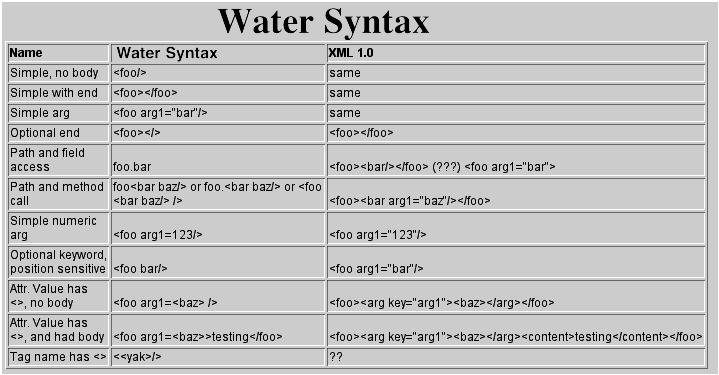Static and Dynamic Semantics of the Web
The original perception of the Web by the vast majority of its early users was as a static repository of unstructured data. This was OK for browsing small sets of information by humans, but this static model is now breaking down as programs attempt to dynamically generate information, and as human browsing is increasingly assisted by intelligent agent programs.
The next phase of the Web, as represented in this book's movement towards the "Semantic Web", lies in encoding properties of and relationships between, objects represented by information stored on the Web. It is envisioned that authors of pages include this semantic information along with human-readable Web content, perhaps with some machine assistance in the encoding. Parsing unstructured natural language into machine-understandable concepts is not feasible in general, although some programs may be able to make partial sense out of Web content.
However, this semantics is primarily declarative semantics, semantics that changes only relatively slowly as Web pages are created, destroyed, or modified, typically by explicit, relatively coarse-grained human action.
Less concern has been given to dynamic semantics of the Web, which is equally important. Dynamic semantics have to do with the creation of content, actions which may be guided by
- User-initiated interface actions
- Time
- Users' personal profiles
- Data on a server
and other conditions.
Even less concern has been given to methods for cleanly integrating the static and dynamic aspects of the Web. In this paper, we discuss the need for dynamic semantics, and show how dynamic semantics will be enabled by and useful to the new generation of intelligent agent software that will increasingly inhabit the Web. Though there will be autonomous agents, the more interesting agents will cooperate interactively with humans, helping them to achieve their goals more efficiently than a user could on their own. We also present a new language, Water, that fully integrates static and dynamic semantics, while keeping close to the XML framework that has made the Web successful.

Christopher Fry, Mike Plusch, Henry Lieberman
Static and Dynamic Semantics of the Web
in Spinning the Semantic Web , Dieter Fensel, James Hendler and Henry Lieberman, eds., MIT Press, 2002.
... and see the latest news on the Water language at Clear Methods .
lieber@media.mit.edu
